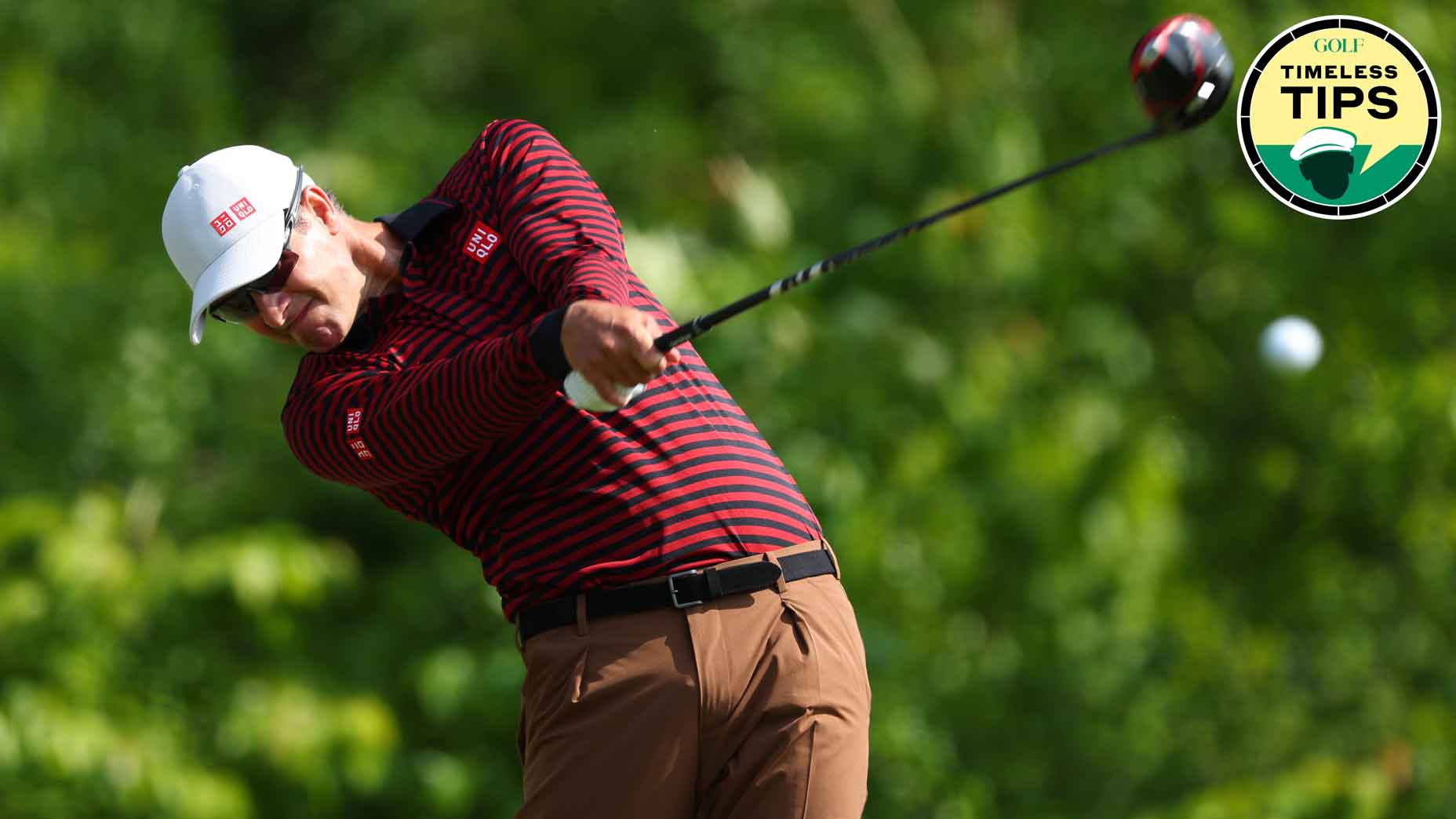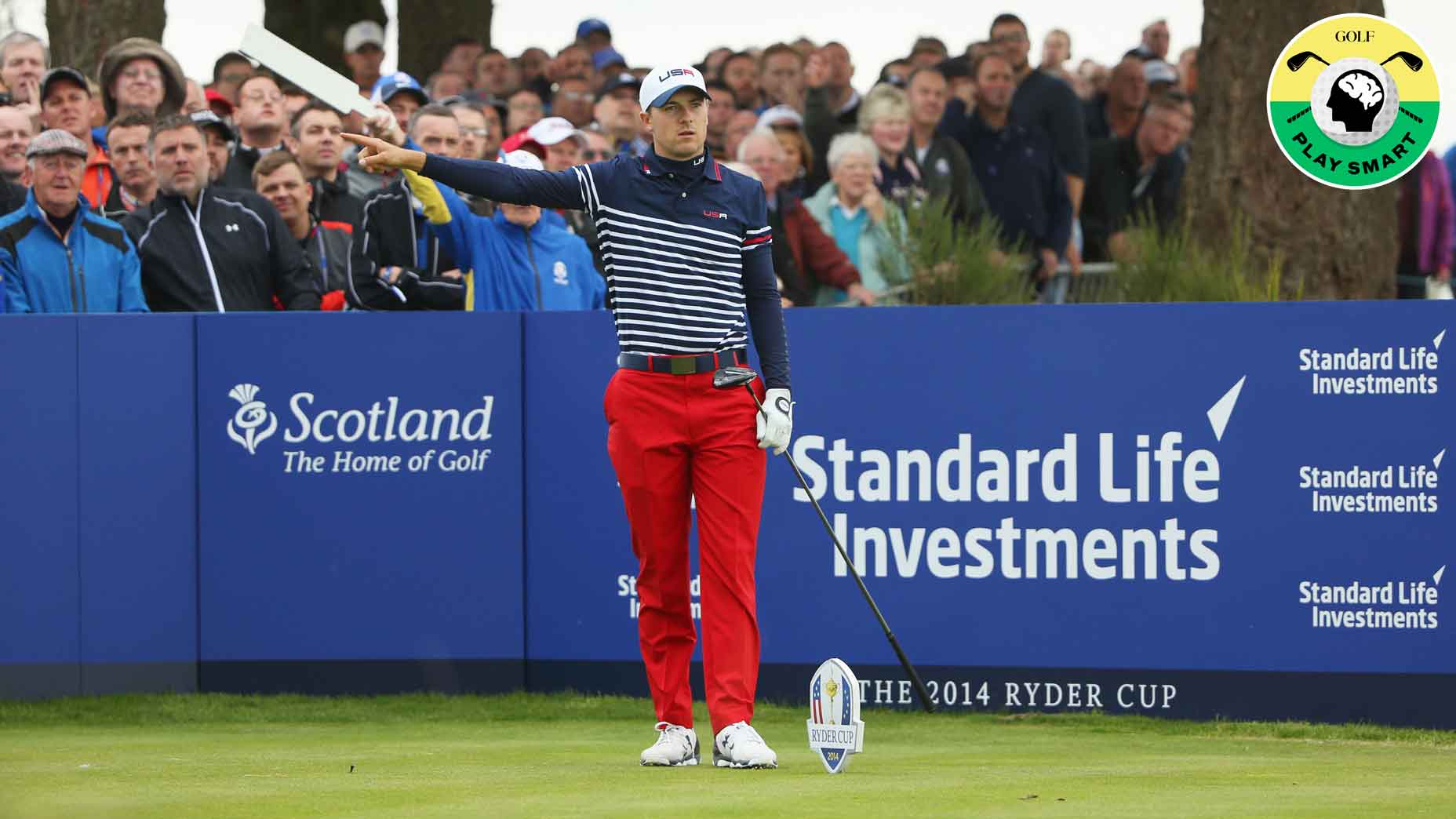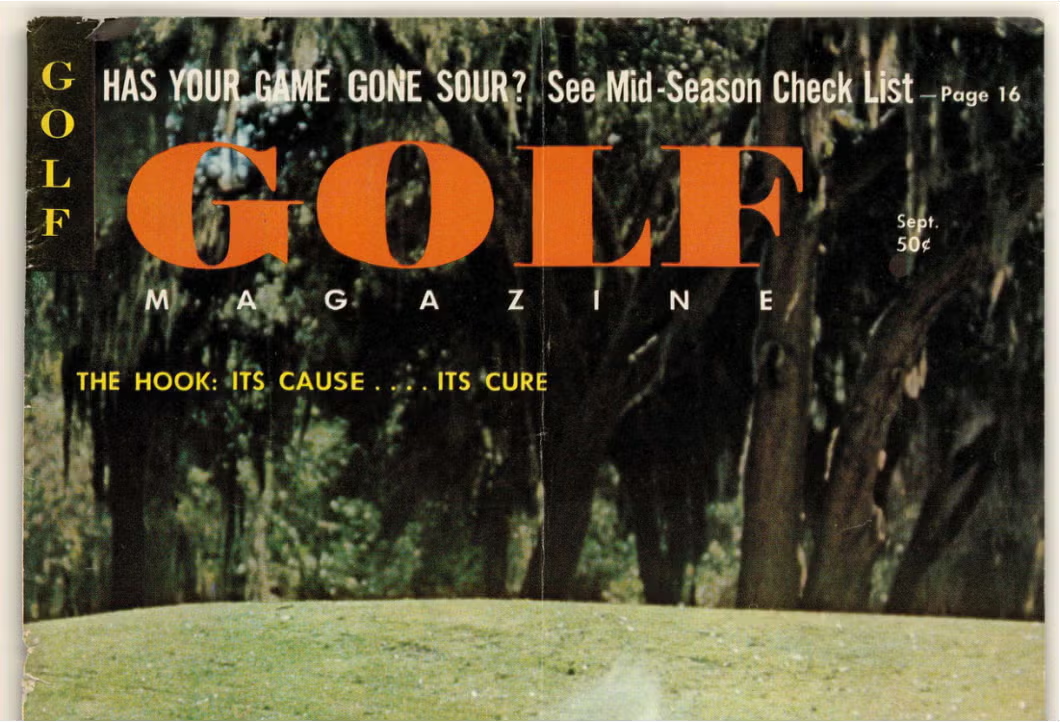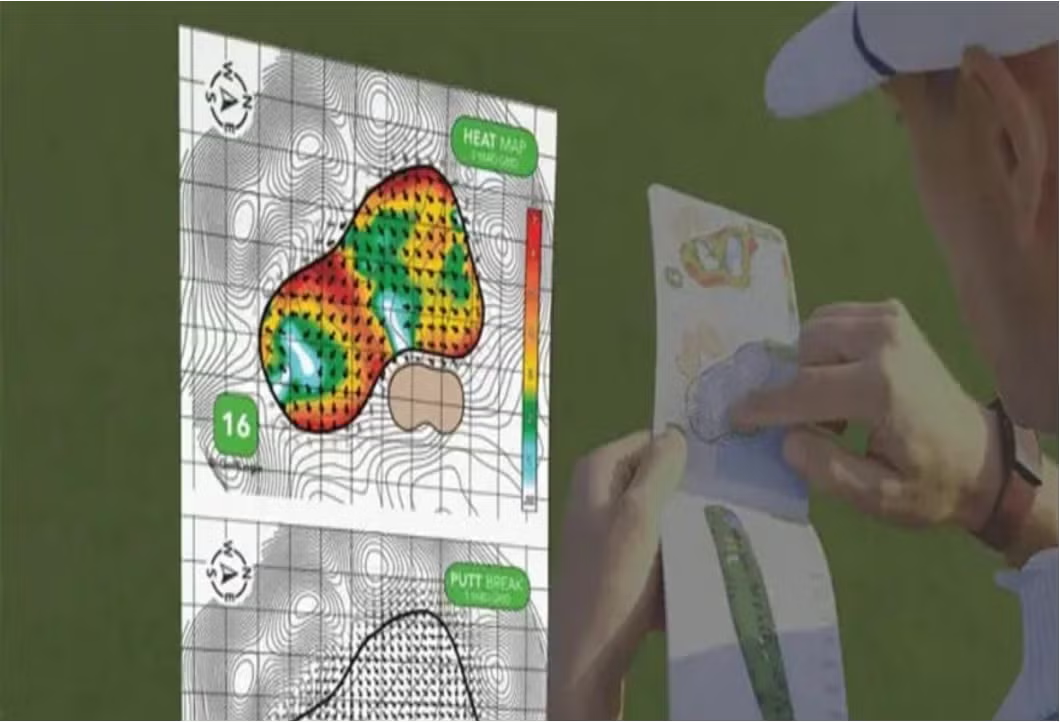Adam Scott’s 5 fixes to never miss a fairway again
- Share on Facebook
- Share on Twitter
- Share by Email

Long is good, but long and straight is better.
Getty Images
Golf instruction is ever-evolving, but the best advice stands the test of time. In GOLF.com’s new series, Timeless Tips, we’re highlighting some of the greatest advice teachers and players have dispensed in the pages of GOLF Magazine. Today we look back to our April 2014 issue for some driving accuracy tips from Adam Scott. For unlimited access to the full GOLF Magazine digital archive, join InsideGOLF today; you’ll enjoy $140 of value for only $39.99/year.
Adam Scott has long had one of the prettiest swings in the game. But the Aussie’s move isn’t just for looks — it’s plenty functional as well.
Over the course of Scott’s two-and-a-half decade career, he’s amassed 14 PGA Tour wins, including his epic triumph at the 2013 Masters. All the while, he’s been one of the best ball-strikers in the game.
Back in 2014, as he prepared to defend his title at Augusta, Scott joined GOLF Magazine to share some pointers on hitting it straight — and long — off the tee. Check it out below.
Scott’s 5 secrets for finding fairways
| grew up idolizing Greg Norman. (Hey, what Australian kid didn’t?) Greg swung hard, so that’s how I learned to drive the ball. But power only got me so far. It wasn’t until I learned to control my swing that my driver became the weapon it is today.
During my early years on Tour, I had trouble cracking the top 90 in Total Driving, the statistic that measures distance and accuracy off the tee. Now? Last season I finished in the top 35 for the fourth straight year. It’s no coincidence that seven of my 11 top 10s in majors — including my win last year at Augusta — have come in that timeframe.
My secret? Five driving moves that anyone can make — including one that happens before you swing. These fixes will eliminate your fear of missing the fairway and have you blasting it past your buddies all day long.
Fix 1: Get your stance in “sink”
You read a lot about how an “athletic” setup helps you hit better drives, and that’s true. But it’s more of a feeling than a hard-set position, so what helps me feel athletic at address may make you feel uncomfortable. Plus, you don’t have to feel like an athlete to hit solid drives. You just have to feel good. My three setup keys will help you get there.
Stance: I like to plant my heels under my shoulders. Anything wider and you limit your ability to turn; anything narrower and you risk falling off balance. A shoulder-width stance gives you the perfect combo of speed and control.
Knee flex: Most of the weekend players I’m paired with in pro-ams stand too erect at address. Bend those knees! Not a lot, but enough so that, when you look down at address, your kneecaps cover the tops of your shoelaces. When good players talk about feeling athletic at address, they’re talking about their knee flex.
Firm feet: You’ll notice that when you flex your knees, your feet kind of sink into the ground. It’s an awesome feeling of being grounded in a firm foundation. I seek this feeling on every swing. In fact, I encourage this “sinking” feeling by sort of pressing down with my knees as I complete my address. My feet don’t actually sink in [it’s more of a settling] but the point is to feel grounded. It works best when you plant the whole foot, not just your toes or heels.
Fix 2: Put your takeaway in slo-mo
When you’re on the range, it’s okay to work on specific backswing positions, like getting the shaft parallel to your toe line halfway back, or making sure the clubface and your left arm match up at the top. But you can’t think of these things on the course. When swing thoughts like these creep into my head during a tournament, it’s a bad sign. I focus more on tempo. When the timing of my swing is on, I hit the key positions without giving them a moment’s thought.
When you watch me on TV, you’ll notice that even though I swing fast, my backswing is very slow and deliberate. Controlling my swing this way is a huge key. I do it by picturing a golfer who has a nice, rhythmic motion. Believe it or not, when I play there are plenty of times I’m thinking of LPGA Tour player Inbee Park, who is as slow and smooth on her takeaway as anyone out there.
The slower I take it back, the better my rhythm gets, which automatically puts me where I need to be at every stage of my backswing. Plus, a slow takeaway gives you time to correct errors by the time you reach the top — which you can’t do if you snatch the club back.
Here’s another practice-swing trick: Before you start the club back, envision your perfect finish position. With the image in your mind of a nice, balanced finish, you’ll naturally make a smoother backswing, along with a smoother transition and downswing, too. When you step up to the ball, mimic that same practice swing. It works like magic. Slower is better.
Fix 3: Stop your backswing before you start down
After impact, the transition is the second most important segment of your swing. If you don’t get this right, you’ll have little chance of hitting solid drives. The big mistake you tend to make here? Rushing. It can waste energy and send your club way off plane. So I make my transition the same way I make my backswing,: slow and smooth.
Here’s the thing: You can’t start your downswing until you stop your backswing, or, more specifically, until you complete it. | know my backswing is over when I can no longer turn my shoulders. That’s it — time to change direction. The reason weekend players have difficulty making a smooth transition is because they often go beyond this point. They continue to swing their arms after their shoulders have stopped rotating, or they force more shoulder turn after their arms have stopped moving. Either error puts your swing in a bad spot that leads to mis-hits.
A great swing thought? Get your shoulders, hips, arms, hands and clubhead to reach their proper positions at the top at the same time. It’s actually easy to do if you’re under control, which goes back to my backswing key. If you swing too fast, the club will feel heavy, making it harder to stop at the top of your swing. But on a slower swing, the clubhead feels lighter, which allows you to stop it at the same time as you stop your turn and your arm swing.
Fix 4: Make a one-piece downswing
Just as it’s critical to stop everything together at the end of your backswing, it’s equally important to start everything together on the way down. I don’t like the feeling of one part of my body getting ahead of another. It’s easier to keep the club on-plane if you think of your downswing as a one-piece motion. While my hips may actually start my swing, that’s not the feeling I want. When I think about my hips or my shoulders, I tend to overuse them. Keep it simple: Get everything moving toward the ball at the same time.
Other than that, your downswing is as simple as turning through the ball and accelerating through the hitting zone. Don’t quit at impact! I see a lot of everyday players hit the ball and then stop. The ball isn’t the target. Your finish position is. Picture your spine as a rod and turn around it from the top all the way to your release while keeping your head in place — there’s no reason to sway. Let the ball get in the way. It’ll have nowhere to go but straight — and miles down the fairway.
Fix 5: Anchor your right foot
When I’m swinging out of rhythm, I go back to one of the first things my coach, Paul Malone, got me to do when we began working together in 2009. I keep my right foot on the ground from start to finish, or at least through impact. This slows me down just a bit so I maintain better swing tempo. It also helps me maintain my address posture, and lets me spin faster on the way down (hello, clubhead speed). A overly active right foot can make your hands become too involved through impact, causing “two-way” misses: way left or way right. That’s the last thing you want off the tee! So keep that right foot anchored. Less hands equals more fairways.
Latest In Instruction

Zephyr Melton
Golf.com Editor
Zephyr Melton is an assistant editor for GOLF.com where he spends his days blogging, producing and editing. Prior to joining the team at GOLF, he attended the University of Texas followed by stops with the Texas Golf Association, Team USA, the Green Bay Packers and the PGA Tour. He assists on all things instruction and covers amateur and women’s golf. He can be reached at zephyr_melton@golf.com.




















